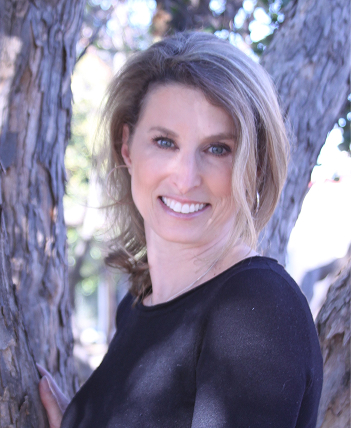 Breast reductions are awesome, and I do a ton of them. I recently got a note from a mom whose daughter wants a reduction, and she is concerned that her daughter will not be small enough and still feel “chesty” after the surgery.
Breast reductions are awesome, and I do a ton of them. I recently got a note from a mom whose daughter wants a reduction, and she is concerned that her daughter will not be small enough and still feel “chesty” after the surgery.
It is a valid fear.
I am super blunt about the limitations of breast reduction. When you are doing a breast reduction– whether it is a vertical lollipop scar breast reduction like I do, or the older technique of the anchor inferior pedicle- we are limited in how small we can make you because of blood supply to the nipple. (There is a technique called a free nipple graft which I have never used in my practice. In a free nipple graft you actually cut off the nipple and put it on as a free graft. This means for sure you have no sensation, you cannot breastfeed, you run the risk of losing the entire nipple, and the color can change.)
The blood supply to the nipple in my technique is based on a chunk of deeper breast tissue which never detaches from the nipple. We call this the PEDICLE. The droopier you are = the longer the pedicle = I can’t make you as small. I need to keep the pedicle a certain width/amount to have adequate blood (and nerve) supply to keep the nipple alive. This pedicle is also your ability to breastfeed. For young women doing reductions, there is a negative to going super small, as it will increase your likelihood of breast-feeding issues down the line.
When I hear from patients to “GO AS SMALL AS YOU CAN.” I hear you. I truly hear you. So for those patients, I start on the larger, droopier breast, and I make them smaller. Then I check the pedicle and blood supply to the nipple. Does everything look pink and happy? Yes? Then I continue. I remove more tissue and check the pedicle again. Then I remove more. Check again. Yes, it is a process, but I need to make sure the nipple is happy. (I never thought I would type the word nipple so much in a blog). When I see things start to change, and this is a “feel” kind of thing that I have after having done tons of breast reductions for 25 years, I stop. That tells me I have “pushed” it as far as it can go.
So what size? I never know exactly. I have patients bring in their “ideal” bra, and I try to get you there. Things to think about:
- There is no standard to bra sizing. What is a D in one brand can be a C in another.
- You are likely wearing the wrong size bra right now. Most of my large breasted patients are wearing stretchy or inappropriate band size or cup size because they just can’t find one which fits. So your “I’m a 34DDD” is likely not correct. When you go to a true D, it will be way smaller.
- Narrow lifted breasts look and feel smaller. So don’t let the cup size letter fool you. You are going to look and feel very different, even if you are a “D” at the end.
- Your band size may change. I do liposuction of the braline area, and this can frequently drop you from a 36 band to a 34 band. This will bump up the cup size. So the same volume of breast tissue is a 36C = a 34 D.
- Proportion. Your breasts have always been bigger than your belly. You have not been “bottom heavy.” I think it is important to remember this and try not to change your proportion.
- Liposuction for fatty breasts. Particularly for my older patients, your breast becomes fattier. If it is fatty, if you want to become a little smaller after the dust settles and you are healed (ie 6 months to a year or more out), you can do a minor liposuction to make you smaller.
- Losing weight will also make you smaller.
- I will never promise a bra size. I just can’t. My goal is to make you happy. It is why I spend so much time one on one with my patients. It is why I have hard conversations about realistic expectations prior to surgery. It is why I show tons of photos of real results. I will try as much as I can to get you safely to your ideal size.
The information provided on this website is for general informational purposes only and does not constitute medical advice, diagnosis, or treatment. Always seek the advice of a qualified healthcare provider for any questions regarding your health or medical condition.
